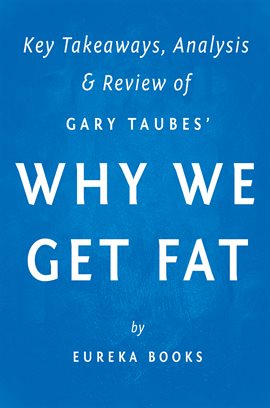
SSBs are the largest contributor of sugar intake in the United States primarily due to their low cost, convenience, and ease of consumption. In particular, a diet high in SSBs (e.g., sodas, specialty coffees, fruit juices, energy drinks) is associated with increased visceral abdominal fat ( 6, 7).

Many people consume more added sugar daily than they realize.Ĭommon foods in the diet that can be high in added sugar can include baked goods, pastries, muffins, flavored yogurts, breakfast cereals, granola and protein bars, prepackaged foods, sugar-sweetened beverages (SSBs), and other processed foods ( 5). Focusing on a health-promoting lifestyle, which helps prevent excessive amounts of both types of fat, is important ( 4). That said, having a high amount of subcutaneous fat is linked with a higher amount of visceral fat, therefore increasing your risk of health problems.

This type is less harmful to health and serves as a layer of protection for your organs as well as insulation to regulate body temperature ( 1, 3). On the other hand, subcutaneous is the layer of fat that sits directly under the skin. Having high levels of visceral fat is associated with an increased risk for chronic disease such as metabolic syndrome, type 2 diabetes, heart disease, and certain types of cancer ( 1, 2). Visceral refers to fat surrounding the liver and other abdominal organs.

While maintaining a moderate body weight and body fat percentage is important for good health, the type of belly fat you store can influence your health differently.

Getting rid of excess belly fat, or abdominal fat, is a common goal for many. This can include not consuming too much sugar and not enough fiber and protein. Different factors, such as a sedentary lifestyle, hormones, and the foods you eat may increase your abdominal fat.


 0 kommentar(er)
0 kommentar(er)
